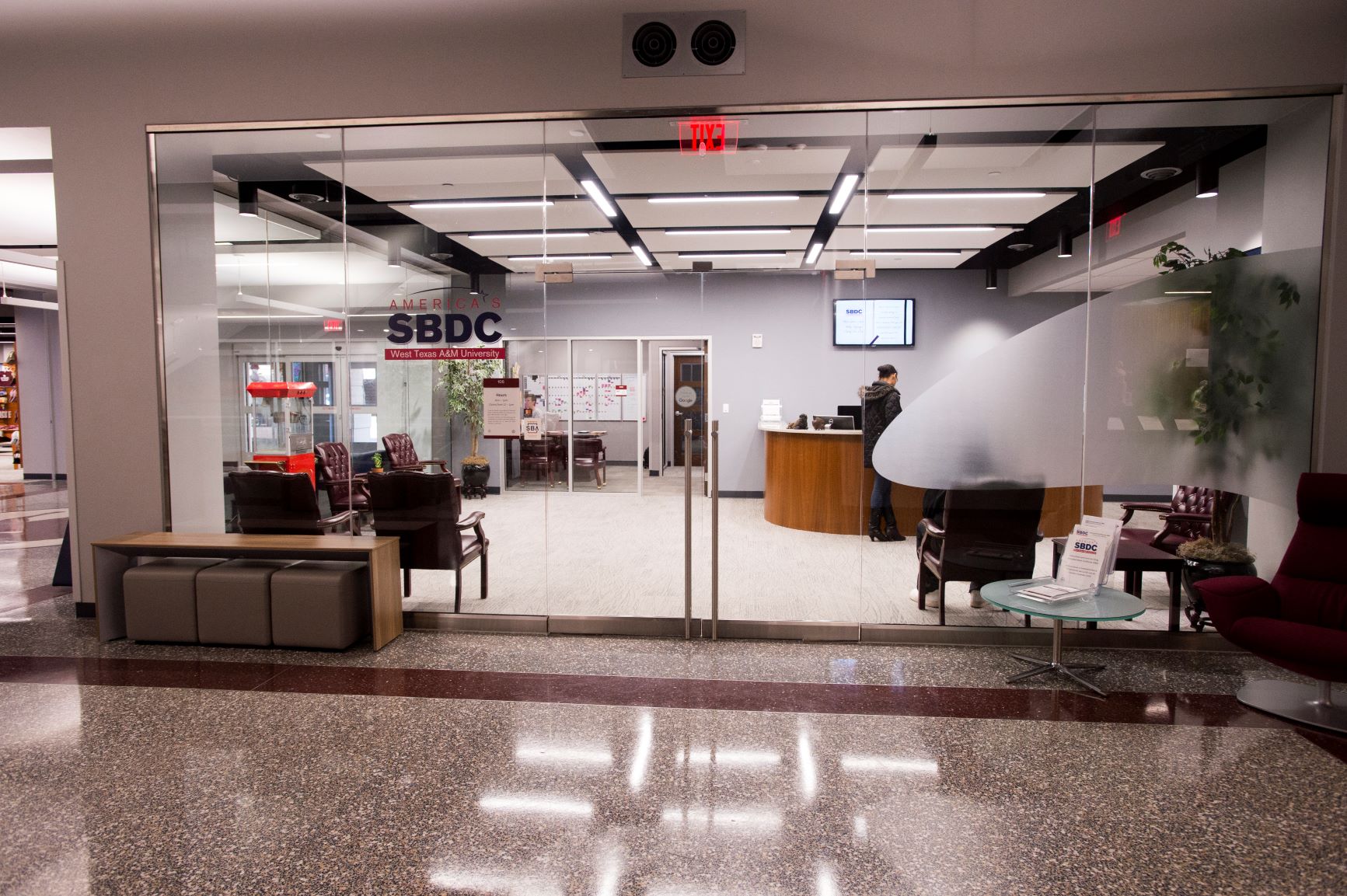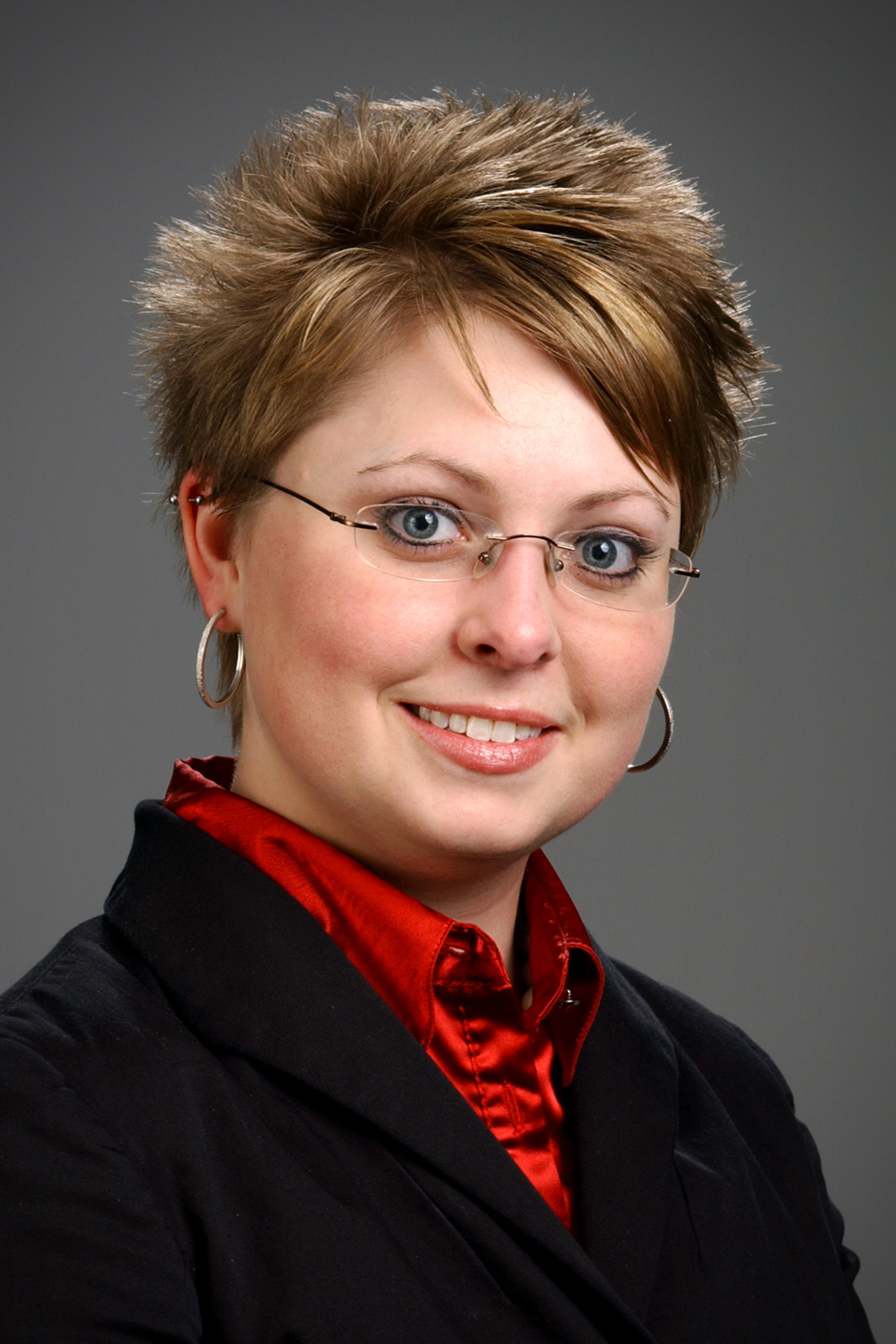- Jon Mark Beilue
- Business
Money During a Difficult Time
WT's SBDC provides small business help, a fit for WT 125
As director of West Texas A&M University’s Small Business Development Center, Gina Woodward keeps in regular contact with small business owners in the top 25 counties of the Texas Panhandle. The last seven weeks, these conversations have taken a more emotional turn.
“They are feeling more pressure and more stress than ever before in modern times,” Woodward said. “We’re consulting with clients through video and phone right now, and it’s not uncommon for them to be in tears when they first call us.”
The COVID-19 pandemic is taking a toll in lives and livelihoods. The shutting down of contact with others long ago translated into a shutting down of the economy. The economic numbers are stark.
By April 23, an estimated 26 million were unemployed, a rate rising faster than any point in U.S. history. A record 6.6 million in one week applied for unemployment benefits the second week of April. An unheard of negative price of crude oil could produce a devastating chain of events.
“Usually when we’re meeting with a client and they have a problem, it’s something we can help fix,” Woodward said. “Maybe it’s tweaking their marketing or approaching a lender for a line of credit. But there’s absolutely nothing they did to cause this. It’s even harder because there’s little we can do for the time being. More clients are in tears than not.”
But there is something actually the national network of SBDCs are doing, including WT’s. That’s throwing a short-term but potentially impactful lifeline to small businesses through the Economic Injury Disaster Loan and the Paycheck Protection Program.
The PPP, which legislators agreed April 21 to replenish with an additional $320 billion, is designed to cover payroll expenses for eight weeks. It not only covers small businesses, but also non-profit organizations and religious institutions.
Lenders look at the average small business owner’s payroll over the previous 12 months. They will then provide the business 2.5 times that amount. If, for example, an average monthly payroll is $10,000, a business would receive $25,000. Based on two months, that would be $50,000.
At least 75 percent of that must go to payroll, including any retirement accounts or state taxes. Any remaining amount can go to operating expenses like rent and utilities.
The enticing part of the PPP is if the same employees remain after the eight weeks of distribution, the loan becomes a gift and is not repaid.
“It’s unlike anything we’ve seen,” Woodward said. “It’s pretty amazing. The whole goal of the program is to keep people employed. If we did not have the PPP, the rate of closure we’re seeing across the United States would be far, far greater than what we’re seeing now.”
The other economic help – the EIDL program – is one the Small Business Administration has historically rolled out when warranted. The loans are for working capital with no collateral required for loans under $25,000.
The loan is for six months of operating income with a maximum of $2 million. Terms are 3.25 percent for small businesses and 2.75 percent for non-profits. There is no payment for the first 12 months. Small businesses also receive $1,000 per employee and does not have to be repaid.
“The only way we’re going to survive this is to work together,” Woodward said. “Even though the SBDC is a government program, we’re not typical government employees. Our clients are our friends and neighbors, so we have a vested interest in seeing that small business succeed.”
The West Texas A&M SBDC formerly was housed at Happy State Bank in Amarillo, but moved in 2019 to the Harrington Academic Center on Tyler Street when it opened.
The local SBDC, which operates as a department within the university, works with small businesses in the Panhandle in consulting, training and research. A small business is defined as 500 or fewer employees.
“We can give clients crazy detailed information,” said Woodward, director of the SBDC since 2015. “On retail gap analysis, if someone wanted to say start a coffee shop in, say, Tulia, but didn’t know how well it would work, we can show how many dollars are spent leaving Tulia and buying coffee.”
SBDC is an ally and often an advocate to the small business owner. It’s a mission that fits within WTAMU’s 125 Plan, a far-reaching and comprehensive plan announced in 2019 that ties the university with research and issues that impact the Texas Panhandle.
“It’s a very positive message that says we care about small businesses,” said WT President Dr. Walter Wendler. “We care about big businesses too, but we’re very pleased that so many entrepreneurs in this region want to pursue a piece of the American dream from the development of small business.
Photo: Gina Woodward is director of the Small Business Development Center at West Texas A&M University.
“There’s something very powerful about that. It’s like watching American democracy and free enterprise at work. Small business to me are individuals risking a lot to pursue a dream. When we reach out and help them, that’s one good way to serve the community.”
Unlike some major universities in metropolitan areas, WTAMU and its local economy are entwined. The programs of the SBDC – and the two new ones related to the economic whiplash of the COVID-19 pandemic – speak to that.
“That’s one reason they’re working 12-hour days,” Wendler said. “I’m proud of our association with SBDC. It’s boots on the ground helping grow local economies.
“I tell people all the time that I really believe in this adage – ‘If we serve locally first and serve locally well, then your reputation will grow and grow beyond the region.’ I take that to heart.”
Do you know of a student, faculty member, project, an alumnus or any other story idea for “WT: The Heart and Soul of the Texas Panhandle?” If so, email Jon Mark Beilue at jbeilue@wtamu.edu.
—WTAMU—


